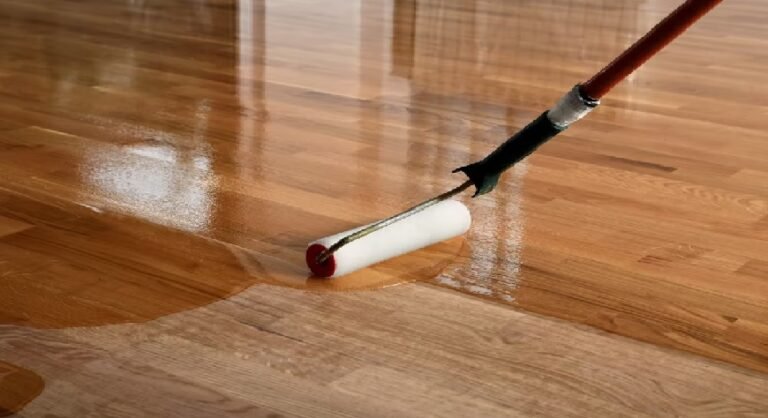Furniture polishing is an essential aspect of home maintenance that enhances the appearance and longevity of wood surfaces. However, it can present a range of challenges. This article outlines common issues encountered during furniture polishing and provides practical solutions to ensure your furniture remains in pristine condition.
1. Choosing the Right Polish
One of the most significant challenges is selecting the appropriate polish for your furniture Dubai. With various products available—beeswax, oil, spray, and cream—choosing the wrong one can lead to discoloration or damage. Always opt for a polish designed for your specific type of wood. For instance, oils penetrate and nourish the wood, while sprays may provide a quick shine but lack long-term benefits. If in doubt, test the polish on a hidden area to check for adverse reactions.
2. Tackling Stains and Scratches
Stains and scratches are common issues that can mar the beauty of your furniture. Water rings, for instance, can be particularly frustrating. To address water stains, try using a mixture of equal parts vinegar and olive oil. Apply the mixture with a soft cloth, gently rubbing until the stain fades. For deeper scratches, consider using a wood filler or a touch-up marker that matches the wood’s finish. Applying a layer of polish afterward can help blend the repair.
3. Dust and Debris Buildup
Dust and debris can accumulate on furniture, making polishing more challenging. Before applying any polish, ensure the surface is clean. Use a soft, dry microfiber cloth to remove dust. Avoid using abrasive materials that can scratch the surface. If there is significant buildup, dampen the cloth slightly, but avoid saturating the wood, as excess moisture can lead to warping.
4. Uneven Application
An uneven application of polish can lead to streaks and a dull appearance. To achieve a consistent finish, use a soft cloth or a buffing pad, applying polish in small sections. Work in circular motions, ensuring even coverage. Allow the polish to sit for a few minutes, then buff it out with a clean, dry cloth to enhance shine. Regularly changing your cloth can also help avoid transferring old polish back onto the surface.
5. Environmental Factors
Temperature and humidity can significantly impact the effectiveness of furniture polish. High humidity can lead to mold, while dry conditions can cause the wood to crack. To mitigate these effects, consider investing in a humidifier or dehumidifier, depending on your climate. Additionally, avoid placing furniture in direct sunlight, which can fade the finish and warp the wood over time.
6. Regular Maintenance
Preventing issues before they arise is key to effective furniture care. Establish a regular cleaning and polishing schedule, ideally every three to six months, depending on usage. This routine will not only keep your furniture looking great but will also help to protect the wood from wear and tear. Use gentle cleaning methods and avoid harsh chemicals, as these can strip the finish and damage the wood.
Conclusion
While furniture polishing can present its challenges, understanding the right products and techniques can make the process much smoother. By selecting the appropriate polish, addressing stains and scratches, ensuring a clean surface, and maintaining a regular upkeep schedule, you can keep your furniture looking beautiful for years to come. Embrace these practices, and your Furniture Dubai will reward you with lasting elegance and durability.
Read more: https://www.hipwicks.com/


